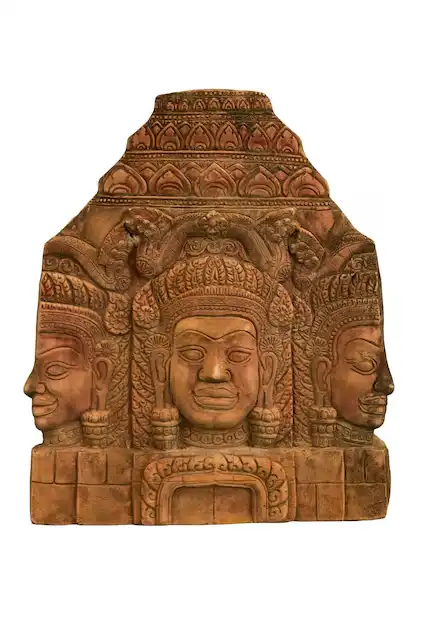Iconography: The Art of Telling Stories Through Images
Iconography, Icons are basically visuals that represent spiritual ideas or important people and things. Like, someone iconic such as Nelson Mandela, who’s respected for his life and work. Water’s sacred ‘cause it gives life, and the pipal tree’s a big deal for giving us oxygen. But most of the time, you’ll see human-like symbols, like Jesus Christ’s portraits or statues of Hindu gods, to make sense of these ideas.
Iconography is all about studying these icons—their design, meaning, and all the stories they carry. How they evolve totally depends on where they’re from. For instance, Nataraja, also called Nateshwara in Tamil Nadu, actually has its roots in Bengal.
Iconography isn’t just about religious vibes—it’s also a goldmine for digging into history and social sciences. Every picture’s got a deeper meaning, and figuring out why a specific deity is tied to certain traits is key. Back in the day, a group’s social and economic life got turned into stories, either through language or art.
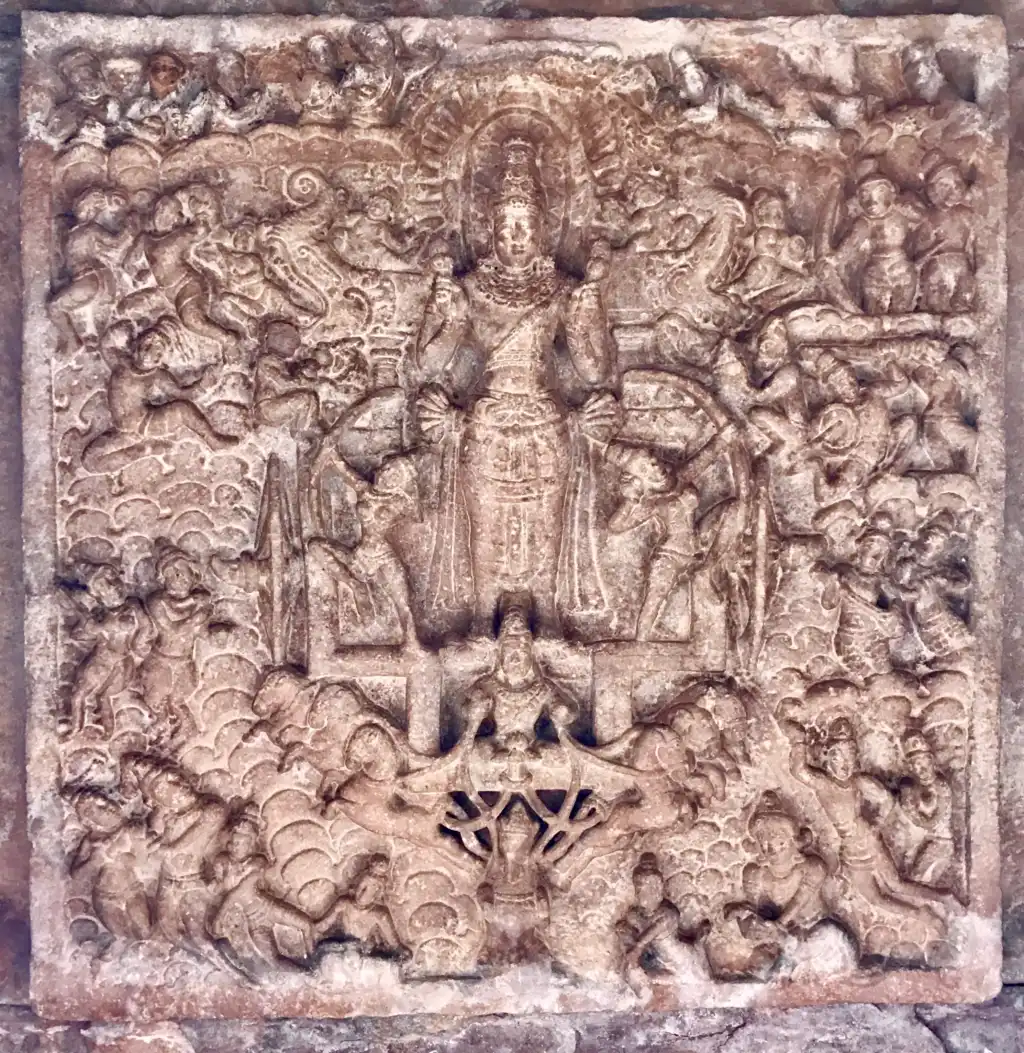
ALSO READ: Mattur: Where Sanskrit is a Way of Life
Iconography: From Mystical Symbols to Cultural Storytelling
People valued these traits big time, wrapping them in a mystical and supernatural vibe that later morphed into full-blown religion and rituals. Over time, these stories turned into what we now call myths. Iconography is like the heartbeat of culture, while art reflects the social scene, leaving its mark on history.
Back in the day, artists had to bring a poet’s vision to life in a way that even someone who couldn’t read could get. Symbolism was the name of the game it had to be clear enough for devotees to understand and vibe with. Especially since most folks were all about oral traditions, not written stuff. That’s why iconography beat literacy hands down—it spoke to everyone, no matter their education level.
As civilisation got fancy, the OG simplicity of these symbols got layered with all sorts of complex tweaks. Sometimes on purpose take the Roman Catholic cult of the Virgin Mother, for instance—it’s rooted in way older Pagan traditions. Sure, the new layers add fresh ideas and philosophical vibes, but the old-school stuff? It’s all about the basics of life and survival.
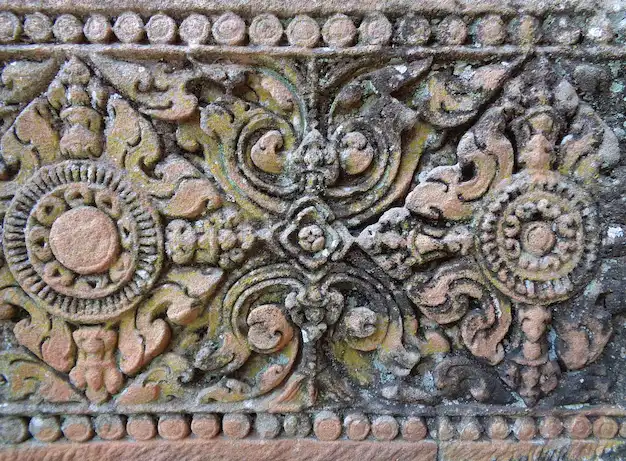
Divine Vibes and Symbols: Exploring Indian Religious Iconography
In Indian art, religious iconography is a total hit, packed with symbolic gestures and those classic “mudras.” You’ll spot stuff like aureoles and halos, which aren’t just desi—they’re big in Islamic and Christian art too. Then there’s the asanas and ceremonial items like the dharma chakra, vajra, dadar, chhatra, swastika, phurba, and danda—all these represent divine vibes and powers.
The Mathuran style is where it’s at for those bold and rounded human figures—totally inspired by nature’s abundance and fertility. This was also the time when Buddhist iconography stepped up its game. Buddhist architecture and sculpture hit their peak, bringing all those spiritual feels to life.
In the Hindu pantheon, every god’s got their own unique swag—special symbols, traits, plants, and animals, all tied to epic origin stories. Take Vishnu, for example—he rocks a gada (club), which is actually a Neolithic weapon, hinting he might’ve been a Neolithic OG deity. And Krishna? He bagged the shankha (conch) after taking down the demon Panchajana, who was chilling in the ocean disguised as a conch. Classic Krishna move!
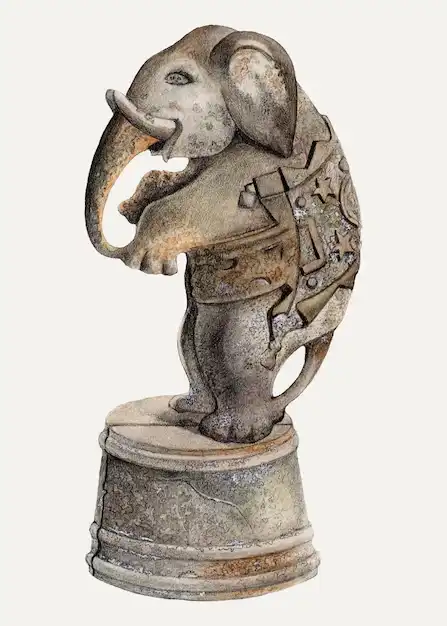
Unpacking Divine Symbols: The Evolution of Indian Iconography
Since the 18th century, scholars and critics have been diving deep into Indian iconography. Fun fact—the first big player in this game was Ziegenbalg, a Danish missionary based in Tranquebar. His book, Genealogy of South Indian Gods, dropped in 1714, kicking off the whole iconography study scene.
In the Hindu pantheon, every god’s got their own unique swag—special symbols, traits, plants, and animals, all tied to epic origin stories. Take Vishnu, for example—he rocks a gada (club), which is actually a Neolithic weapon, hinting he might’ve been a Neolithic OG deity. And Krishna? He bagged the shankha (conch) after taking down the demon Panchajana, who was chilling in the ocean disguised as a conch. Classic Krishna move!
Since the 18th century, scholars and critics have been diving deep into Indian iconography. Fun fact—the first big player in this game was Ziegenbalg, a Danish missionary based in Tranquebar. His book, Genealogy of South Indian Gods, dropped in 1714, kicking off the whole iconography study scene.
From Myth to Mastery
Fergusson from the Archaeological Survey of India pushed Gopinatha Rao to take up this epic challenge. Back in the day, this was no small task—imagine no modern transportation or fancy photography gear! Fergusson straight-up said, “Dude, nobody’s really captured mythology in a proper way yet. This is your shot!”
He also added, “Look, making illustrations is way easier and cheaper now—well, at least compared to the old-school days. We could totally use good-quality photos of original stuff to fill this huge gap in our knowledge. And hey, the Archaeological Survey should totally make it their job to collect and organize this material like pros.”
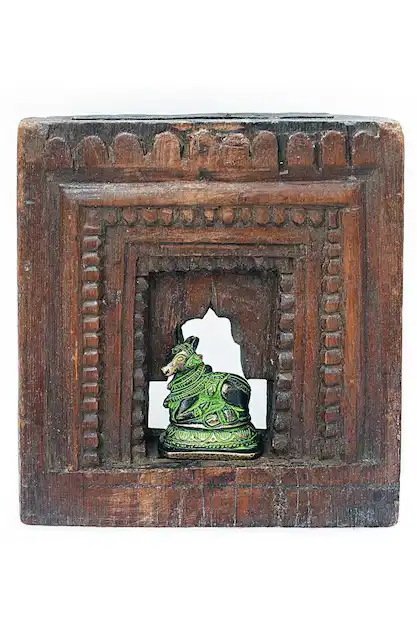
J.N. Banerjea’s 1941 book, Evolution of Hindu Iconography, is a total game-changer in the iconography scene. Banerjea didn’t just pick up where Gopinatha Rao left off with his Elements—she leveled it up! One of the coolest things about her work is how she used coins and seals to decode Hindu imagery. Like, who knew those tiny things could spill so much tea on ancient art?
Decoding the Layers of Spirituality
These days, loads of books on iconography are popping up, but let’s be real—most of them are still riding on the OG research vibes of Rao and Banerjea. They set the bar sky-high!
The Agamas and Shastras, which became the ultimate rulebook for Indian iconography. Actually came into play way after the OG icons were already made and set in stone. Basically, these Shastras just took what earlier artists had already cooked up and locked it into a fixed, no-changes-allowed kinda vibe.
So, digging into iconography is like peeling back the layers of how spiritual vibes and religious feels first popped off. It’s like exploring how humans evolved socially, emotionally, and creatively. It’s all about understanding how people lived, what they loved, and what drove them. At the end of the day, it’s just another way of telling the story of us humans and our epic journey through time.
